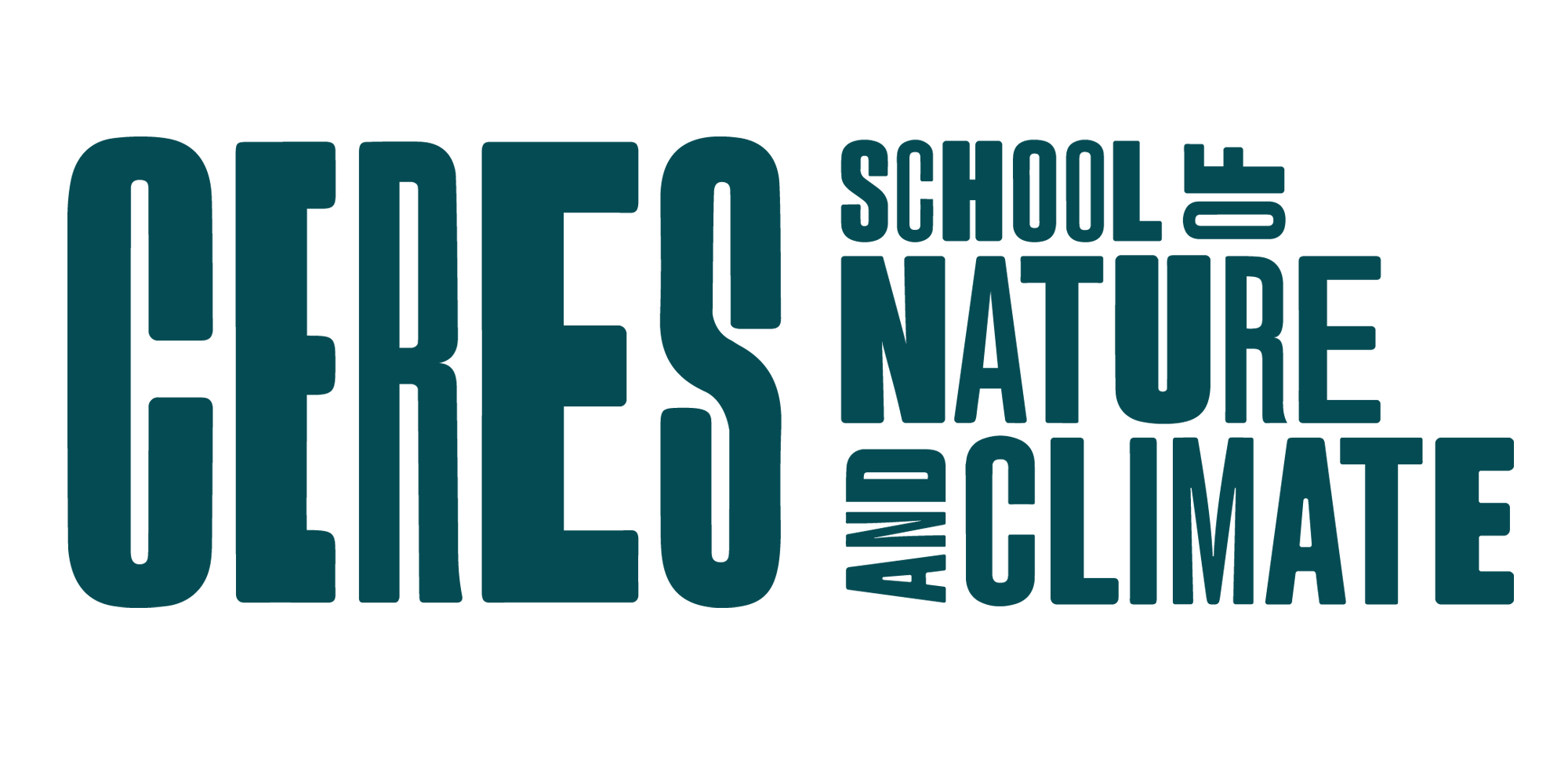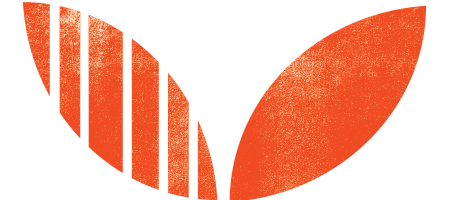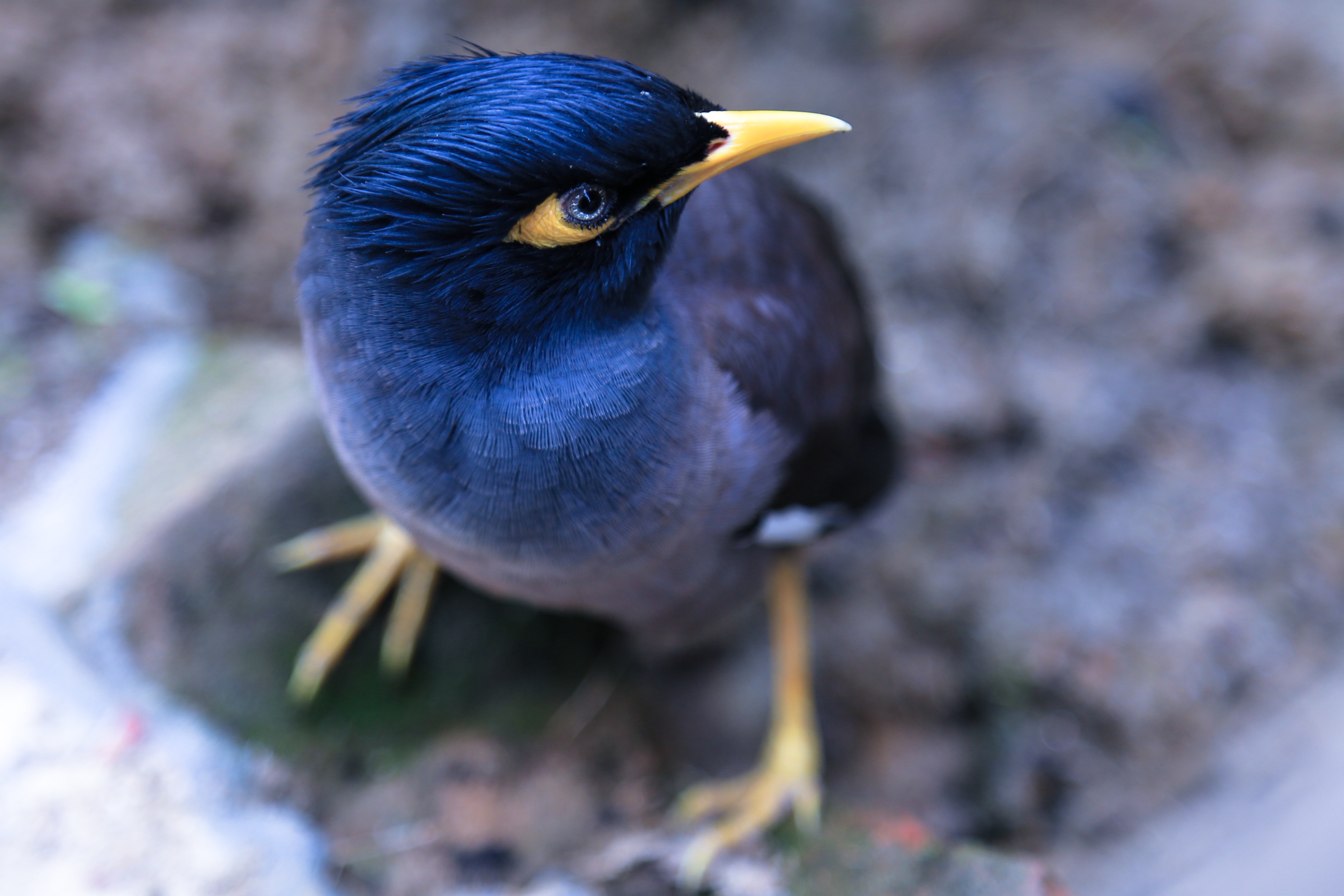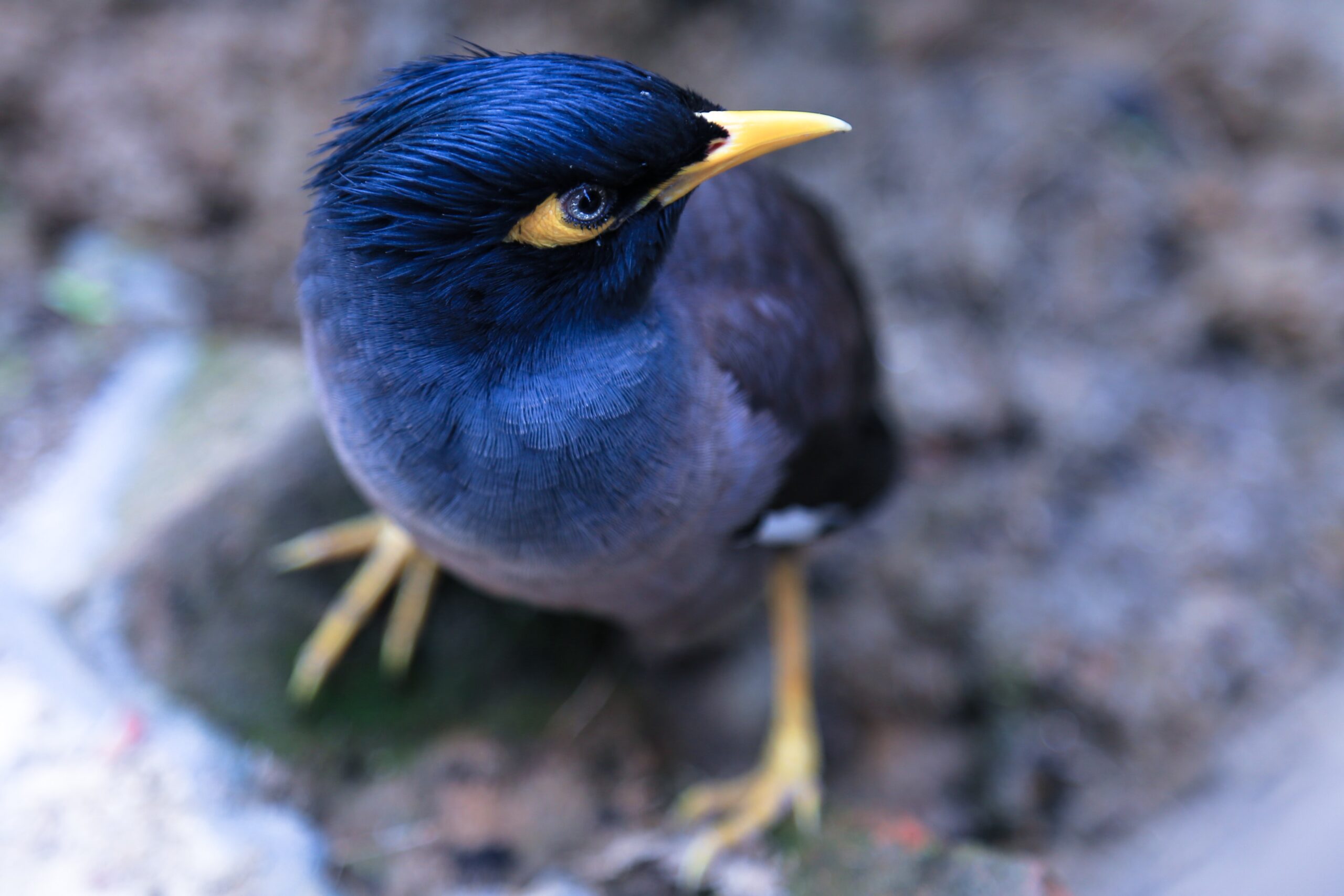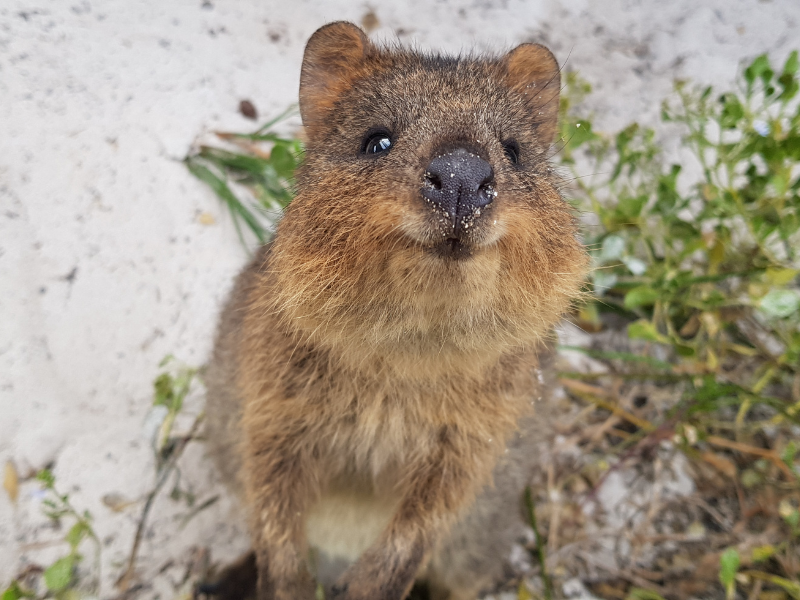Bird Beaks Curriculum Activity
Suitable for Secondary (Years 7-10)
Victorian Curriculum Links:
Science
7-8:(VCSSU091)
9-10:(VCSSU120)
Activity Description
The Bird Beaks activity allows students to explain the role of physical adaptations in aiding the survival of particular bird species. Students will engage in an experiment that explores the effect of beak types on the diets of a variety of bird species and the environments in which they live. Students are then able to make predictions about the possible impact of human induced environmental change on bird populations.
Key Concepts
Biodiversity, Species Adaptation, Evolution, Habitats, Environmental Change
Key Learning Intentions
1. Students will be able to describe the use of animal body parts for different purposes
2.Students will be able to explain how particular adaptations aid survival
3. Students will be able to explain how changes in the environment can impact on living things
Suggestions for Assessment
Formative
1. Participation in the Bird Beak experiment
2. Completion of the Bird Beak activity table and questions
3. Students write a short written report of key findings of the experimen
Instructions
1. Meet the Birds
Look at the first column of Table 1. Learn about each beak and which bird it belongs to.
2. Experiment
Use the different materials for ‘beaks’ (see other side for equipment list) to pick up different objects. Think about which ‘beaks’ are best for different types of food. Complete the table and then discuss what you discovered.
3. Discussion
1.List two important factors influencing the bird’s ability to pick up each of the different objects
2. Explain how adaptations in beak type allow certain species to thrive in a particular habitat
3. Explain the possible impact of a severe drought on the populations of White-faced Heron
4. Predict the possible effect of the removal of nectar-producing trees on local bird populations
Equipment
You will need the following materials for each student group running the experiment:
- 1 set of tongs
- 2 chopsticks
- 2 wooden spoons
- 1 pair of tweezers
- 1 eye dropper or 1 large syringe
- Cotton buds
- Coins
- Marbles
- Water
- Bird Beaks Table (see Activity Materials printout)
Suggested ResourceSmart Schools Module Links
Undertaking the activity as described above links to the ResourceSmart Schools Biodiversity Module – actions B1.2, B1.3, B1.4
Below is a list of extension activities that link to additional actions of the Biodiversity module:
- Conduct a bird survey within the school grounds, a local park, reserve or at CERES Environment Park and record the findings (ResourceSmart Schools Biodiversity Module – actions A1.3, B1.1, B1.3)
- Students take note of the different beak types that exist within their local area (ResourceSmartSchools Biodiversity Module – action B1.3)
- Students liaise with a local friends group or bird watching organisation to plan and develop a bird attracting garden that targets particular beak types or bird species (ResourceSmart Schools Biodiversity Module – actions A3.3, C3.1, C3.3)
Related activities
Biomimicry Design Curriculum Activity
Biodiversity Activity | Yrs 7-10
Curious Creatures Curriculum Activity
Biodiversity Activity | Yrs 7-10
Wetlands Food Web Curriculum Activity
Biodiversity Activity | Yrs 7-10

